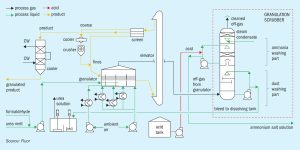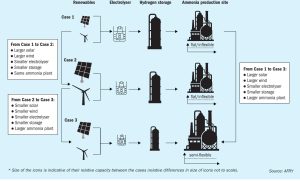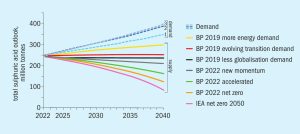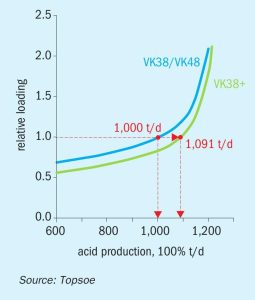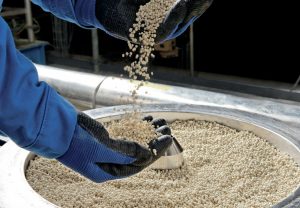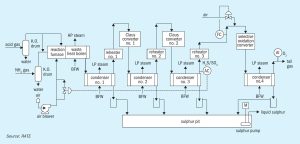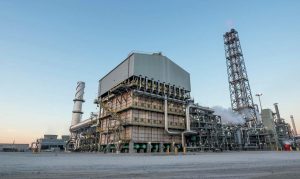
The cost of ammonia production
Rising costs of fossil fuels in many markets, including coal in China and high gas costs in Europe are pushing up ammonia production costs. Can the falling cost of electrolysis make green ammonia production cost competitive in the near future?

